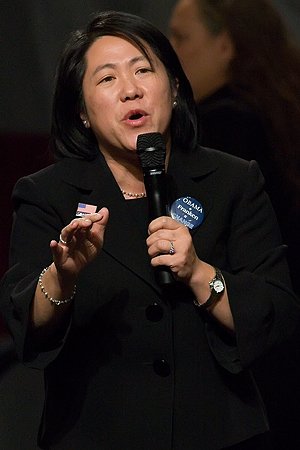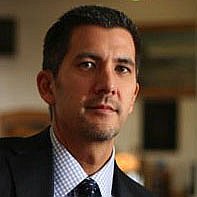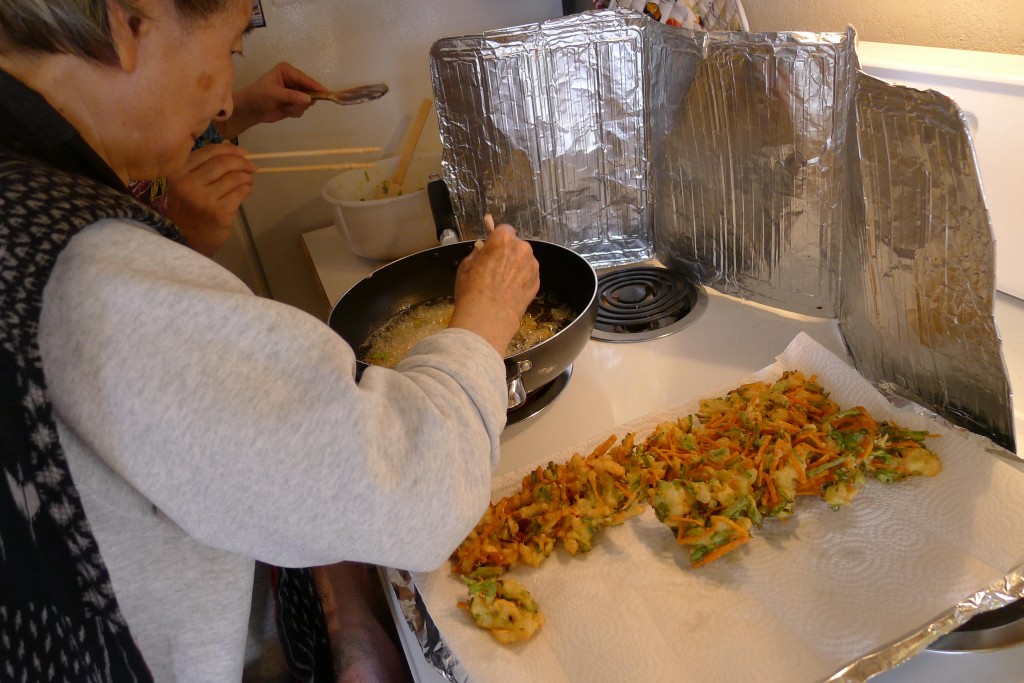 Cool news this morning from the Asian American Justice Center, the DC-based AAPI civil rights and social justice organization, that it’s named Mee Moua as its new president and executive director.
Cool news this morning from the Asian American Justice Center, the DC-based AAPI civil rights and social justice organization, that it’s named Mee Moua as its new president and executive director.
Moua, a former Minnesota state senator who was the first Hmong American to ever be elected to public office in the U.S., is a terrific choice. She takes over for Karen Narasaki, who helmed the organization for 20 years before stepping down last summer. Moua is an inspirational and thoughtful leader and speaker, who understands her status as a pioneering role model for Asian Americans and Pacific Islanders in general, and the Hmong community in particular.
I had the honor of meeting Moua and hearing her speak several times.
The first time was during an Asian American Journalists Association convention held in Minneapolis; I was a mentor to student journalists who visited Moua in her statehouse office for an interview. She was gracious and enightening and the young journalists left in awe of her.
The second was when she spoke to a JACL Youth Conference via video. She apologized for not making it to the conference in person as planned (a last-minute legislative battle kept her in Minnesota), but told her inspiring personal story and urged the youth of JACL to strive for the best in themselves and in their country.
The third time was during the 2008 Democratic National Convention in Denver — the one where Barack Obama was named the presidential candidate for the fall elections. She fired up the crowd at a Democratic National Committee’s AAPI Caucus meeting (you can see a two-part video of Moua speaking to supporters after her speech, below).
And most recently, Erin and I had the pleasure of having a great, free-wheeling conversation with her for one of our early visualizAsian.com shows (you can hear an audio file of the one-hour show here).
Moua is clearly committed to empowering Asian Americans and Pacific Islanders; the AAJC is the perfect place for her leadership.
Continue reading













